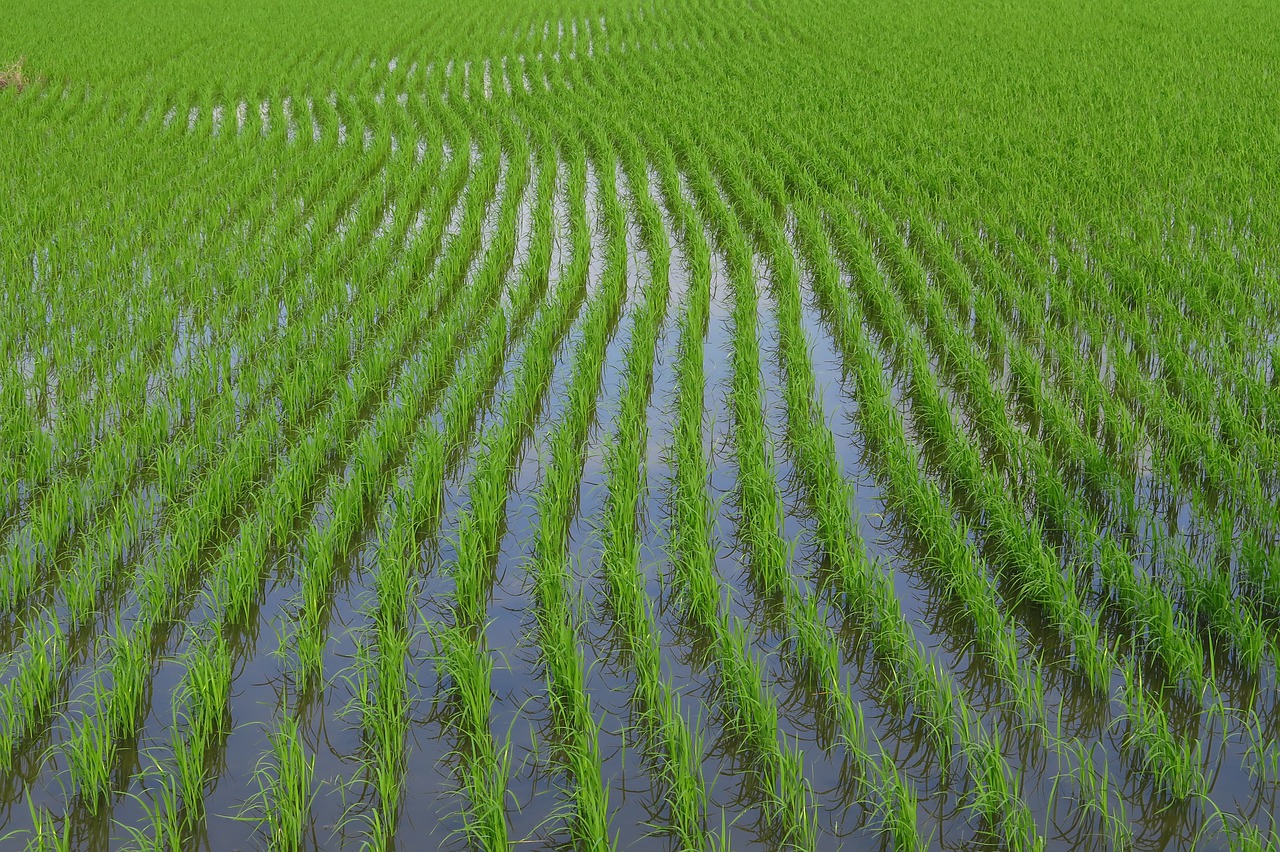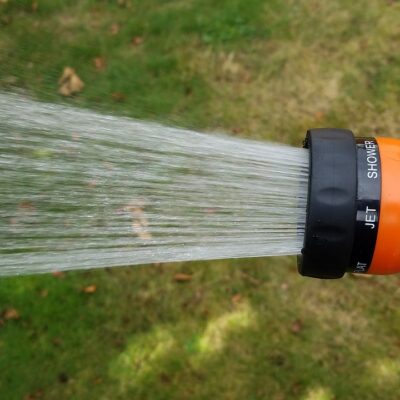The two most important things needed for plant growth are sunshine and water. Humankind has not been able to do much so far as regards sunshine, but we have been able to manipulate water, and that process is known as irrigation.
Basically, irrigation can be described as replenishing water storage at the plant root zone level through ways other than natural rainfall. It is what has enabled humankind to grow and prosper since the roots of civilization, helping us to cope with the uncertainties of climate behaviour.
Early Timeline of Irrigation
The earliest form of irrigation was surface irrigation. The early irrigation timeline leading up to basin irrigation looks something like this:
- 6000 BC - In Egypt and Mesopotamia (now Iran and Iraq), people used the floodwaters of the Nile, Tigris, or Euphrates rivers, which they diverted into nearby fields where they grew crops. Flooding occurred from July to December. The floodwaters were diverted to the fields for between 40 and 60 days. They were then were returned to the rivers from whence they came.
- 3500 BC - Because the seasonal flooding of the Nile was so unpredictable, the Egyptians created the world’s first flood gauge. It was a vertical column sunk into the river bed and on which was drawn a series of lines reflecting water levels. Modified over several decades, they used it to predict the next flooding. This device was called the Nilometer.
- 3100 BC - A system of dams and canals was developed during the rule of King Menes of Egypt. The longest measured was approximately 20 km. They were used to channel water into a newly formed lake - Lake Moeris.
The rest, as they say, is history.
What is Basin Irrigation?
Basin irrigation is the closest thing there is to flood irrigation. It is similar to border irrigation. The basic difference between the two is that the basin option works by directing water onto an almost level field where it may be allowed to pond for a predetermined time. With the border option, water travels between a system of dykes, horizontally dividing a sloping field into rectangular strips, at the end of which a drainage system is installed.
The purpose of the dykes in border irrigation is to contain the water as it travels over the field, whereas with basin irrigation, they are used to “pond” the water.
The basin itself is created by completely flattening a piece of land and surrounding it with berms or levees to keep the water in place.
The basins themselves can be small - enough to house one tree, for example, or as large as several hectares. The actual size is usually determined by three factors:
- The gradient of any slope
- The soil infiltration rate
- The water supply
Ideally, the surface should be level, the texture of the soil uniform, and it should have an abundant source of water. The depth of water varies from basin to basin - anywhere from 5 cm to 20 cm. Typical depths work out to be between 10 cm and 15 cm. Should the bays not be level, the higher ones won't receive as much water as the lower ones.
Also, if the inflow rate of water is enough, it won’t advance quickly enough, and it will result in differing infiltration times across the basin.
Drain Back Level Basin Irrigation
Drain back level basin irrigation is a variant of basin irrigation that uses a number of parallel basins fed with water from a shallow ditch constructed between 5 and 10 cm wide. Once the first basin in the series is full and the water level reaches the height of the first input gate, it begins to flow back into the input trench and onto the next basin on the next level down.
This process carries on repeating until all of the basins are full.
Crops that Benefit from Basin Irrigation
Not all crops are suitable for basin irrigation. These include any plants that cannot tolerate being waterlogged for longer than 24 hours. So, root crops such as beets, carrots, cassava, parsnips, and potatoes, all of which need loose, well-drained soil, will not fair well.
The crop most people will recognize that thrives under basin irrigation is rice.

Side Inlet Rice Irrigation
One of the problems with surface irrigation and basin irrigation, in particular, is that it is not very efficient from a water usage point of view. That is why many rice farmers around the world have turned to something called “side or multiple inlet rice irrigation.” It can save farmers as much as 30% of their water and water-related energy costs.
These potential savings come on the back of the increased control this method of irrigation provides in terms of flooding paddy fields.
Multiple inlet irrigation means that water can be delivered to all of the basins, or in this case, paddy fields, at the same time. It does away with the necessity of having to overfill the upper basins in order to transfer water to the bays at lower levels. It not only gives farmers a better degree of management over flood irrigation, but it is also much more water-efficient.
Other Benefits of Multiple Side Inlet Rice Irrigation.
The ability to create shallow flooding over an entire series of rice fields means that farmers can spend much less time and energy managing pumps. It also means that less manual fieldwork is needed with regard to dealing with broken levees. It can even remedy damaged levees altogether. Other added benefits of employing multiple side inlet rice irrigation include:
- Simultaneous flooding reduces nitrogen losses leading to an less fertilizer losses.
- Herbicides can be activated by even shallow flushing in the more arid years.
- It may also improve the effectiveness of herbicides as they are less likely to moved from basin to basin or be washed away completely.
- It minimizes the amount of “cold water rise.”
If you would like to know more about multiple side inlet irrigation, this video on YouTube is very informative.


